China's 6th gen fighter and looking back at the first Mustang
China unveils a 3-engine aircraft and remembering the first P-51
“The desire to fly is an idea handed down to us by our ancestors who…looked enviously on the birds soaring freely through space…on the infinite highway of the air.”
-Wilbur Wright
Mission Briefing:
China's Sixth-Generation Combat Aircraft Takes to the Skies
Talk about a year end surprise: in a dramatic revelation, China appears to have taken a significant leap forward in aviation technology. Imagery that surfaced on December 26 shows what seems to be a sixth-generation crewed combat aircraft undergoing a test flight. The emergence of this stealthy and high-performance aircraft has taken aviation experts by surprise, hinting at the rapid advancement of China’s airpower ambitions.
First Glimpses of the New Aircraft
The newly observed aircraft was spotted conducting a daytime test flight, accompanied by a two-seat Chengdu J-20S fighter acting as a chase plane. While the exact location and date of the images remain unverified, the Chengdu Aircraft Corporation (CAC) factory airfield is the most likely site given the presence of the J-20.
Design and Configuration
One of the most striking features of this new aircraft is its tailless design, a hallmark of next-generation stealth aircraft. The planform incorporates a modified delta wing with chine lines extending to the nose, reminiscent of certain aspects of the J-20. The broad nose could suggest side-by-side seating for the crew, though the canopy design leaves this unconfirmed. A tandem seating arrangement remains a possibility as well.
China’s interest in tailless configurations has been apparent for some time. Satellite images from October 2021 showed a mysterious tailless aircraft shape at a CAC facility. While similar in overall planform, this latest design appears to be a different, more advanced iteration.
Stealth and Aerodynamic Features
The absence of traditional tails and strakes reduces radar signature, aligning with global trends in stealth technology. This configuration also offers aerodynamic efficiencies, improving sustained high-speed performance and long-range capability. However, tailless designs can limit maneuverability, and there is no evidence of thrust-vectoring engines on this prototype to mitigate that drawback. The engine exhaust placement, akin to the YF-23, helps minimize the aircraft’s infrared signature.
Size and Capability
The new aircraft appears at least as large as the J-20, which measures approximately 70 feet from nose to tail. The twin-wheel main landing gear suggests a high gross weight, indicative of an emphasis on endurance and payload capacity. This aircraft likely has substantial internal volume for fuel, weapons, and advanced sensors, emphasizing long-range operations.
Unique Features and Speculation
A particularly intriguing aspect of this design is its air intake arrangement: one intake atop the fuselage and two on the lower sides. This unusual configuration has led to speculation about a possible three-engine setup, potentially using WS-10C turbofans. If true, the aircraft would likely achieve impressive performance metrics, particularly in high-speed and high-altitude flight.
Strategic Implications
Retired U.S. Air Force General Mark D. Kelly previously highlighted China’s pursuit of sixth-generation airpower, paralleling the U.S. Next Generation Air Dominance (NGAD) initiative. Kelly emphasized China’s focus on stealth, advanced processing power, and open mission systems. The newly revealed aircraft aligns with these priorities and could represent a prototype or demonstrator for future platforms.
This aircraft’s large size and range suggest it could serve as a versatile platform for missions ranging from combat to command and control. Its ability to operate far from Chinese shores without tanker support would present a significant strategic challenge to U.S. and allied forces in the region.
A Game-Changing Development
While many details about this aircraft remain uncertain, its potential designation as the J-36 hints at a logical progression in China’s fighter development. Reports suggest it features advanced radar and optical apertures, as well as a sizable weapons bay similar to the J-20 but likely larger. Early test configurations include trailing-edge control surfaces with unprecedented articulation, highlighting a focus on aerodynamic and operational adaptability.
Conclusion
The debut of this aircraft signals a major step forward for China’s military aviation capabilities. Its combination of stealth, endurance, and advanced systems has profound implications for the balance of power in the Asia-Pacific region and beyond. As more information becomes available, this development will undoubtedly be a focal point for analysts and policymakers worldwide.
Stay tuned for updates and know that I am working on a video about this newest jet - and what it means for the West.
This Week in Aviation History
29 December 1941: Just 22 days after Pearl Harbor - the North American Aviation XP-51, a prototype of what would become the iconic P-51 Mustang, marked a significant milestone in aviation history when it first arrived at the National Advisory Committee for Aeronautics (NACA) Langley Memorial Aeronautical Laboratory. The aircraft, with Air Corps serial number 41-038, began its testing as part of a program that would shape the future of Allied air superiority in World War II.
The Beginning of a Legend
The XP-51, initially a British order as the Mustang Mk.I, was an all-metal, single-engine fighter designed to meet the Royal Air Force's needs. Interestingly, the XP-51 surpassed expectations, particularly at lower altitudes, with its speed and maneuverability. During testing at Langley, the focus on improving aileron design resulted in significant enhancements to the aircraft's maneuverability. This improvement became standard across all subsequent production models and was a pivotal development for the Mustang's success.
Key Features and Performance
Dimensions and Weight:
Length: 32 ft 3 in (9.83 m)
Wingspan: 37 ft ½ in (11.29 m)
Empty Weight: 6,280 lbs (2,848.6 kg)
Loaded Weight: 8,400 lbs (3,810.2 kg)
Engine: The Allison V-1710-F3R, a liquid-cooled, 60° V-12 engine, provided a variety of power settings:
Normal Power: 880 hp at sea level
Takeoff Power: 1,150 hp
War Emergency Power: 1,490 hp
Speed and Range:
Maximum Speed: 382 mph (614.8 km/h) at 13,000 ft (3,962 m)
Cruise Speed: 300 mph (483 km/h)
Range: 750 miles (1,207 km)
Service Ceiling: 30,800 ft (9,388 m)
The XP-51 outperformed contemporaries such as the Curtiss P-40 Warhawk and even the legendary Supermarine Spitfire below 15,000 feet. Its advanced design offered a speed advantage of up to 35 mph over these aircraft.
Armament
The XP-51 carried a formidable array of weaponry, which included:
Two nose-mounted Browning AN-M2 .50-caliber machine guns firing through the propeller.
Two additional .50-caliber machine guns and four Browning .303 Mk.II guns in the wings.
Note that later models would carry two then three .50-caliber machine guns in the wings and lose the nose mounted guns.
Developmental Testing and Legacy
After completing its testing program at Langley, the XP-51 returned to Wright Field on November 2, 1942, with continued testing carried out by the second prototype, 41-039, beginning in March 1943. These prototypes were integral to the development of the production Mustang models that became a key component of Allied air operations.
The Mustang's ability to combine speed, maneuverability, range, and firepower made it a legend. By the end of its production run in 1945, a total of 16,766 Mustangs had been built in various variants, cementing its place as one of the most successful fighters of World War II.
The XP-51, starting as a modest prototype for British use, set the stage for the creation of a fighter aircraft that would dominate the skies and alter the course of the war. Its testing at Langley, alongside critical refinements like the improved ailerons, exemplifies how meticulous engineering and innovation can transform an aircraft into an icon.
In Case You Missed It
More on the blue on blue shootdown of an F-18 Super Hornet:
Photo Outlet
Over the next year I will be releasing some of the best photos I took at the airshow, here is the next series:
Feel free to use these photos however you like, if you choose to tag me, I am @pilotphotog on all social platforms. Thanks!
Post Flight Debrief
Thanks for reading and Happy New Year! All the best to you and yours and best wished in 2025.
Want to keep getting this newsletter straight to your inbox? Just sign up using the form below—it's that easy! This newsletter will always be free for everyone, but if you’d like to support the mission and unlock even more, consider becoming a paid subscriber. Either way, I’m grateful for your support. Sign up now and stay in the loop!
-Tog



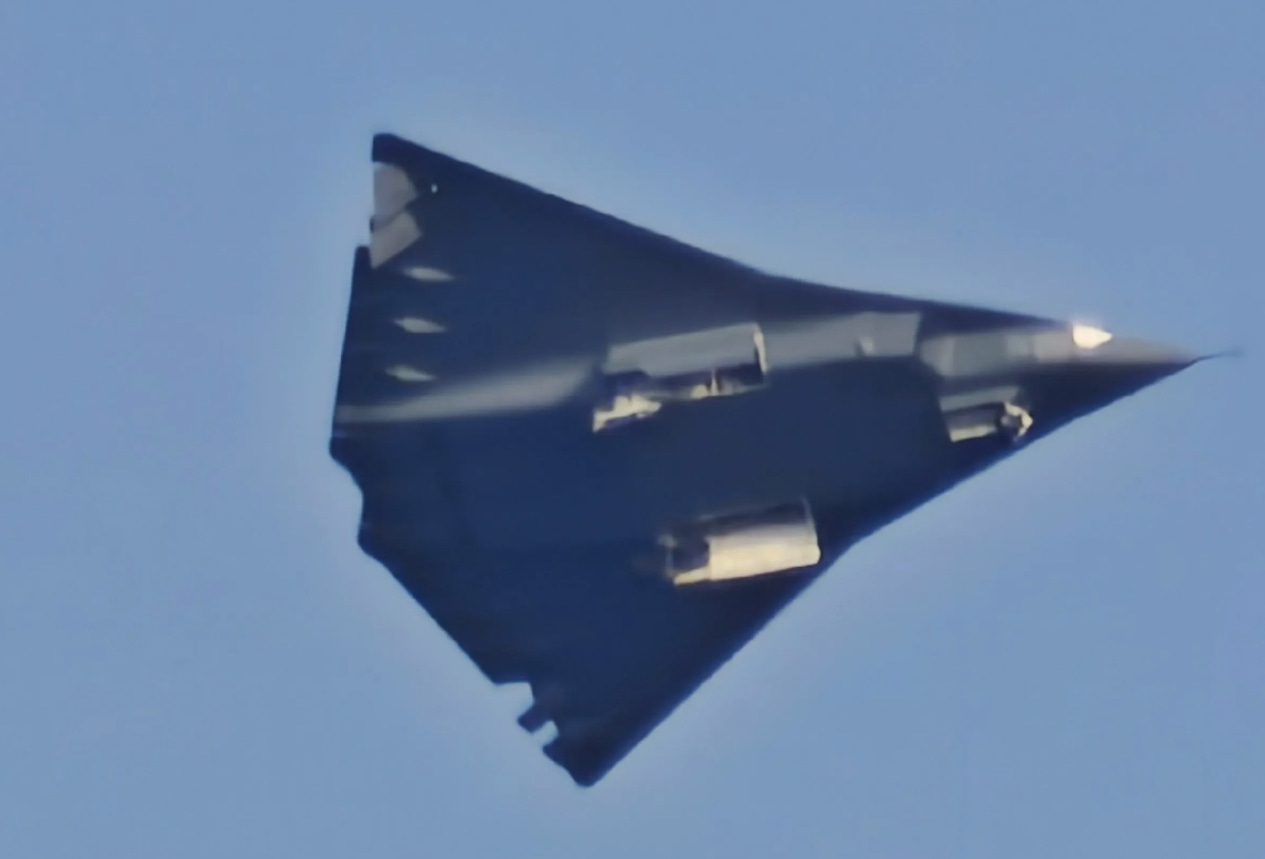
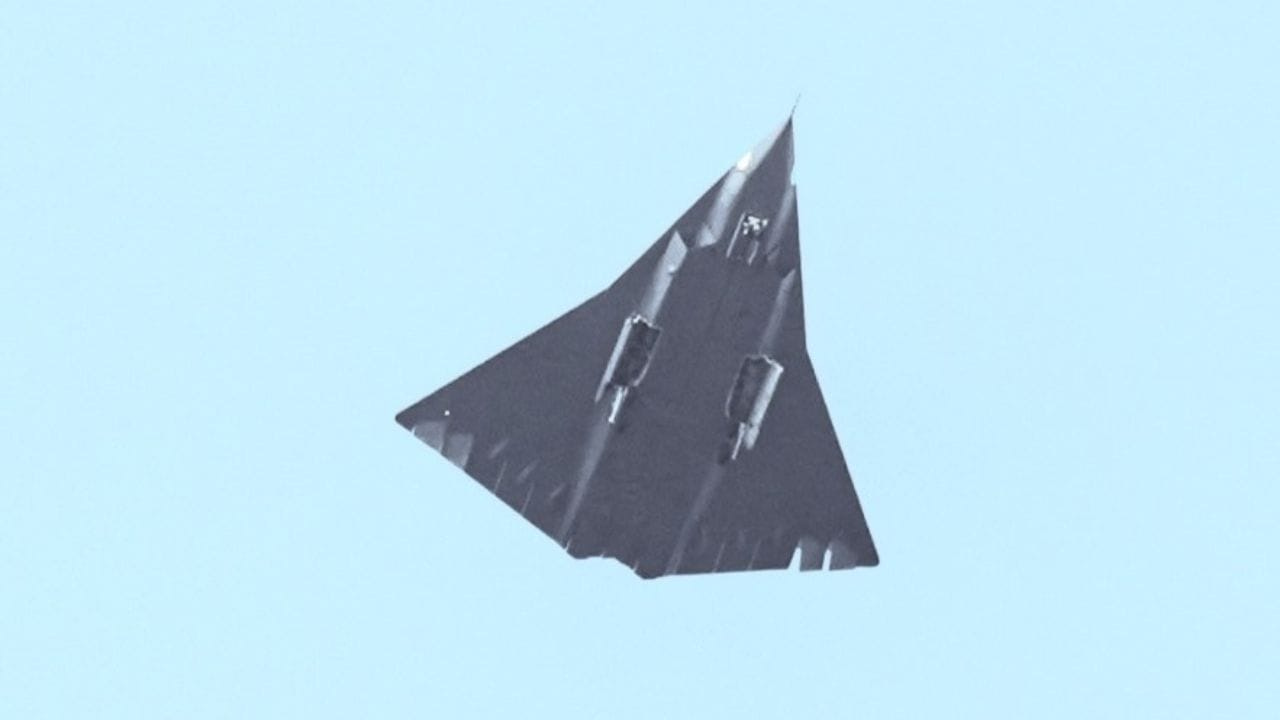


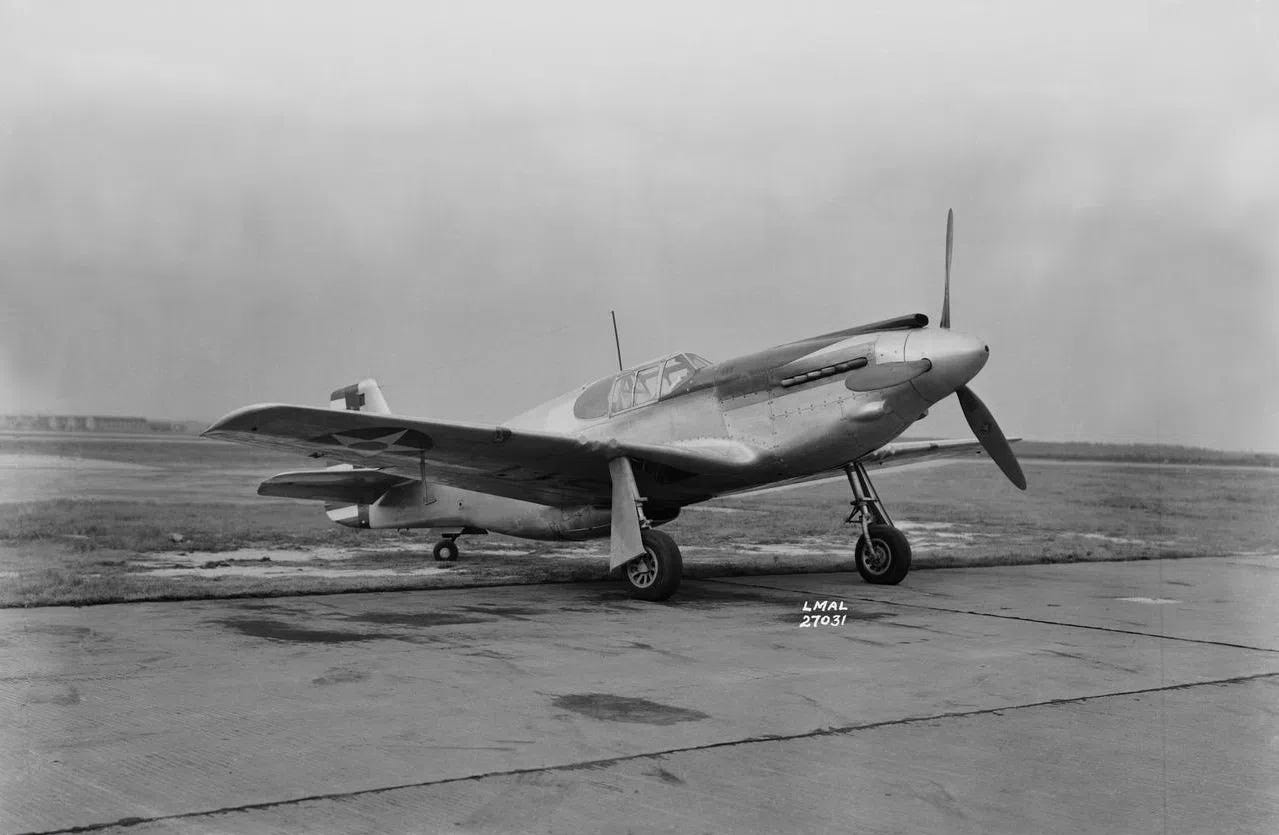

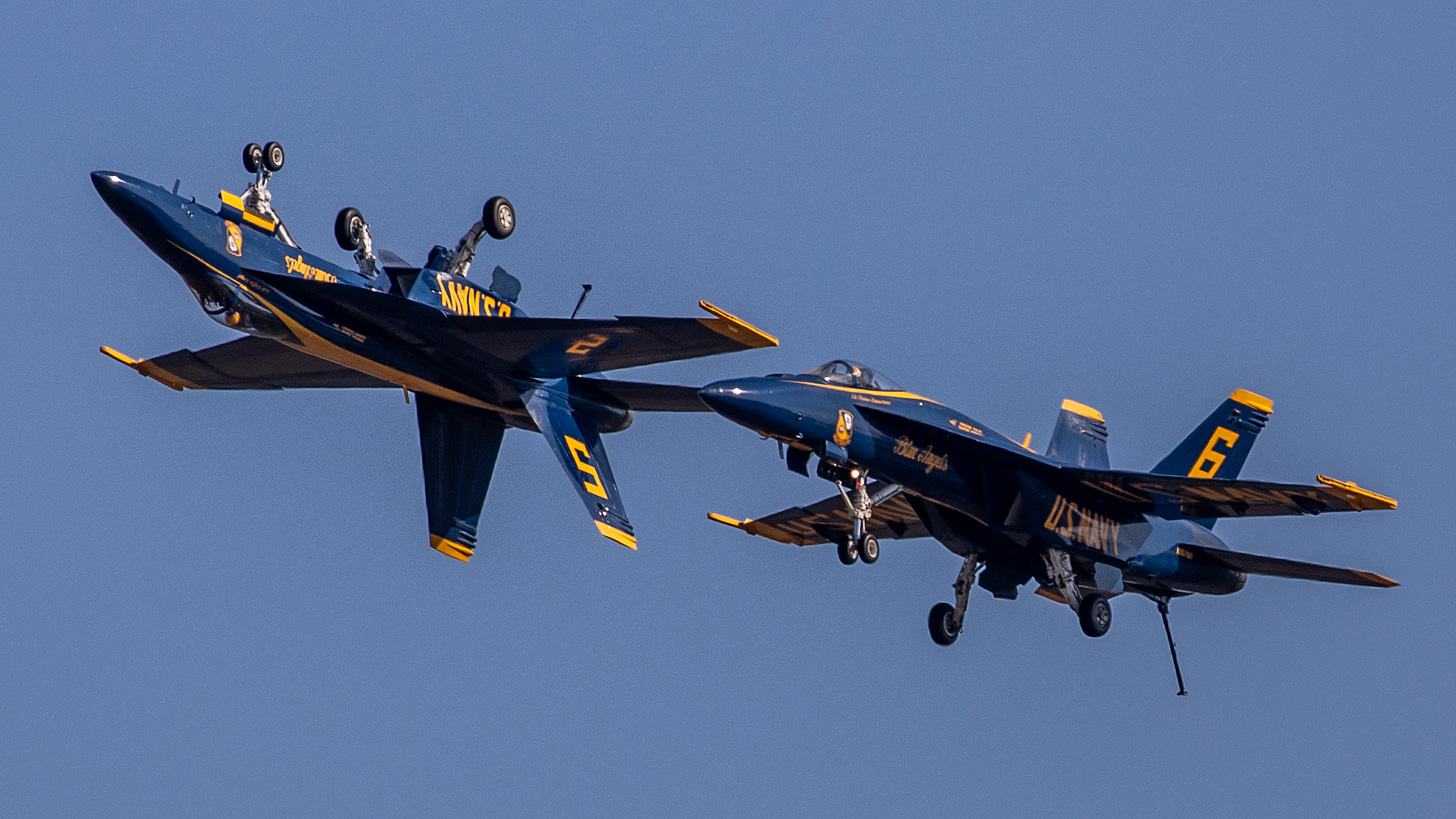
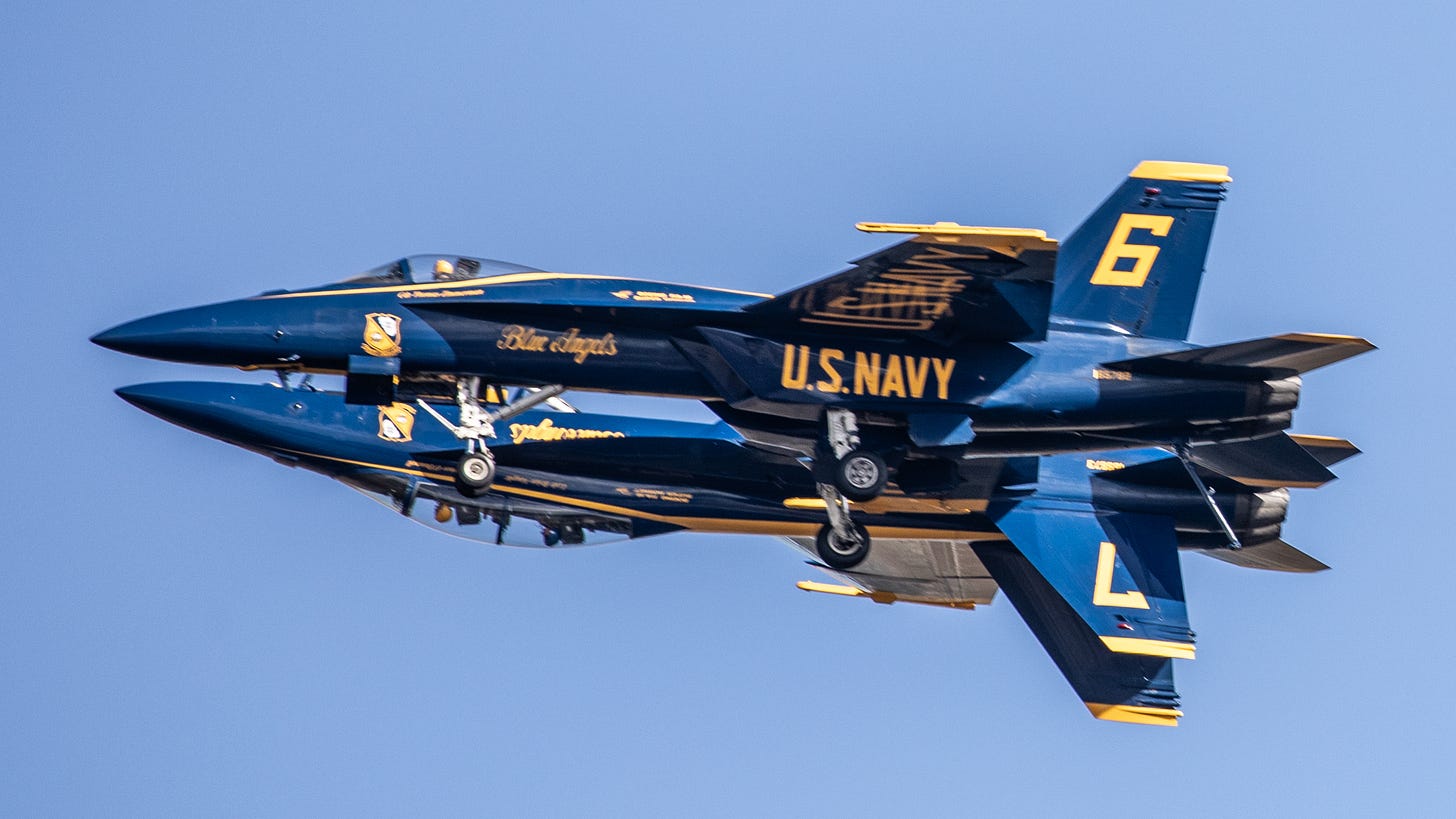
I’m don’t think from the photos I see that this aircraft is as stealthy as let’s say a F-22